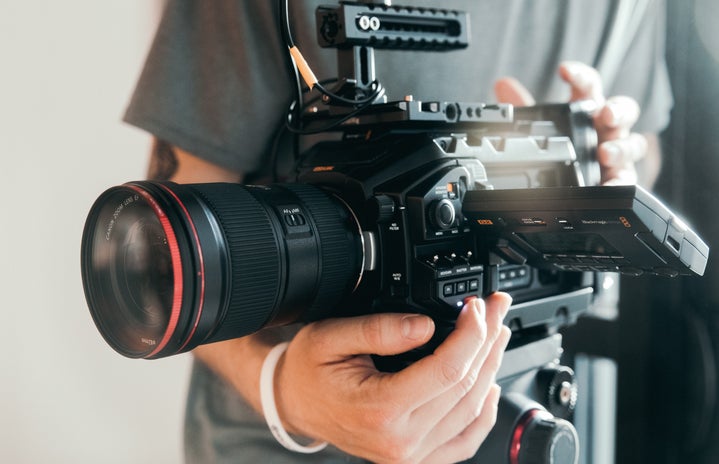Over the past few years, I have been trying to strengthen my photography skills. I am by no means a professional, but I have experience shooting sports, portraits, and landscapes. Whether you want to take all of your friends’ pictures or you want to get into professional photography, here are some beginner tips that really helped me in my photography journey.
Rule of Thirds
This is probably the most basic rule in photography, but it is also one of the most important. The rule of thirds states that the main subject of the photo should not be directly in the middle of the frame. Instead, imagine the frame is broken into multiple horizontal and vertical lines in a grid of nine boxes. When looking at those lines, you’ll want the main subject to be in the first thirds or last thirds of the frame. This simply makes the photo more visually appealing, and is known to make every picture much better.
Aperture, ISO, Shutter Speed
Aperture, ISO, and shutter speed are the three main settings to know when working with a camera. I personally use a Canon DSLR, and these things are pretty easy to navigate. Aperture is how much light the lens lets in. Smaller aperture lets in less light and larger ones let in more. Similar to that, ISO also affects light sensitivity to adjust the exposure of the image. Finally, shutter speed is how fast or slow the shutter closes. Quick shutter speed is used to create clear images when the subject is moving, like in sports photography.
What to look for when shooting
When I am photographing something, there are key things I like to look out for. One tip I have is to try to always focus on people. If you are taking a picture of a sunset, that is one thing, but if you are practicing street or sports photography, a human subject is always the most interesting. Another thing to consider is the background of the photo, especially if you are shooting something that is staged, like senior pictures. You do not want the background to be too busy, too bright, or too dark, so move around a lot to try to find the perfect setting.
Editing
Editing photos can be the most lengthy part of the entire process. Having to go through and choose the best pictures and then edit them can take a long time. The first thing I like to do is go through my camera and delete the photos that are clearly not going to be used; for example, ones that have a person’s eyes closed or are too bright. After that, I will download the rest of the photos onto my computer and do the same thing again, deleting the unwanted ones. Finally, I will upload them to Adobe Lightroom – this is just the application I like, but there are plenty of image editing apps out there – and edit each image. The tools I use the most are brightness, exposure, and sometimes saturation.
Although this is a very simple guide, I hope some of these tips help you out the next time you want to take some cute photos with your friends, or shoot someone’s senior photos. No matter what you are doing, these recommendations should help on your journey to being a photographer.


